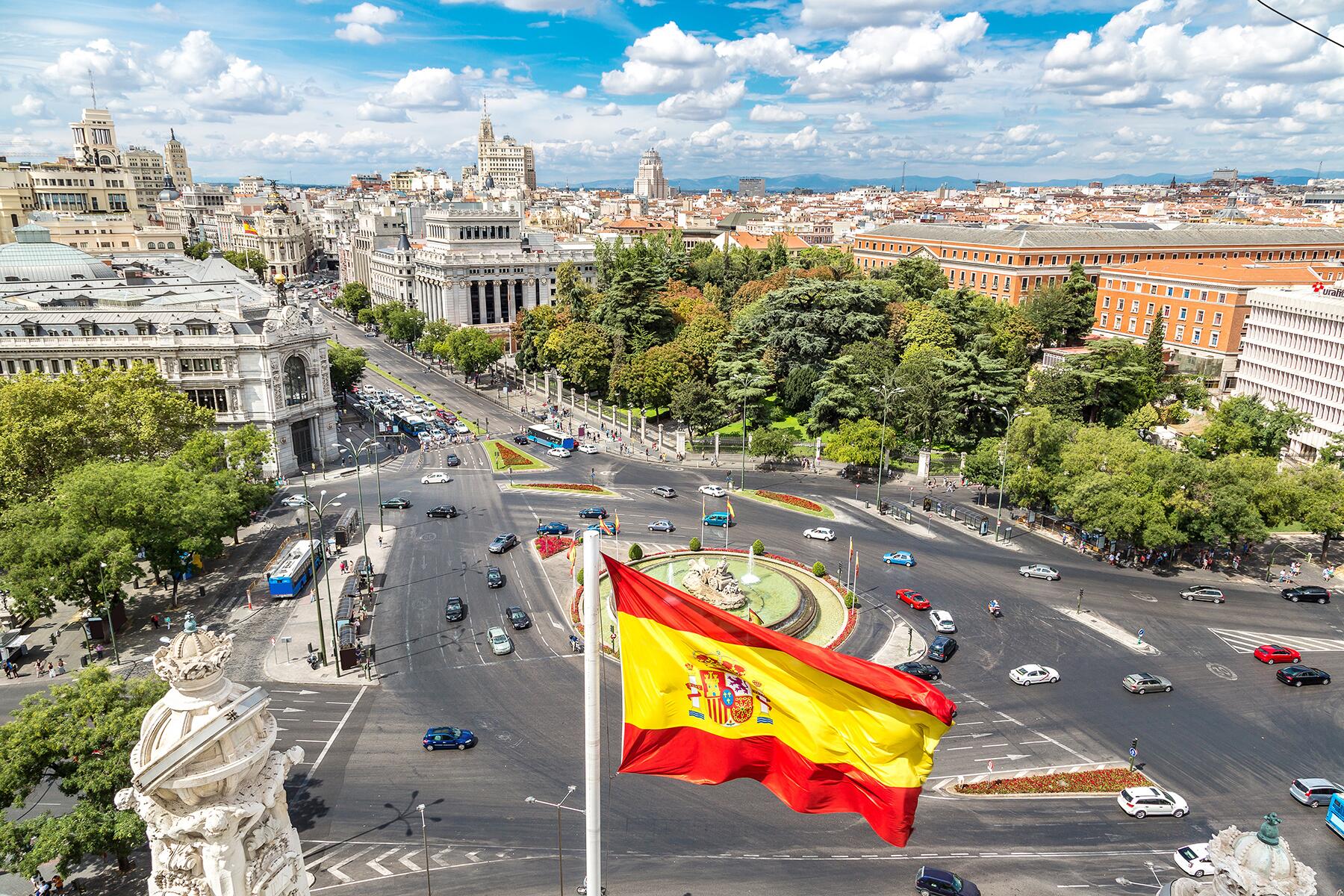Follow me underground, momentarily.
Sick of above-ground lakes? Me too. Yawn. Boring. Let’s crawl under the surface of the earth and get away from (gestures to literally everything, everywhere) all of this, and observe some of the most incredible hidden lakes in the world, located within the twisted caverns of some of the earth’s longest and deepest cave systems–many of them accessible to tourists. These unusual, magical-looking caverns will have you planning a trip underground in no time. So, get your explorer pants on–here are 10 of the world’s most fascinating underground lakes.





